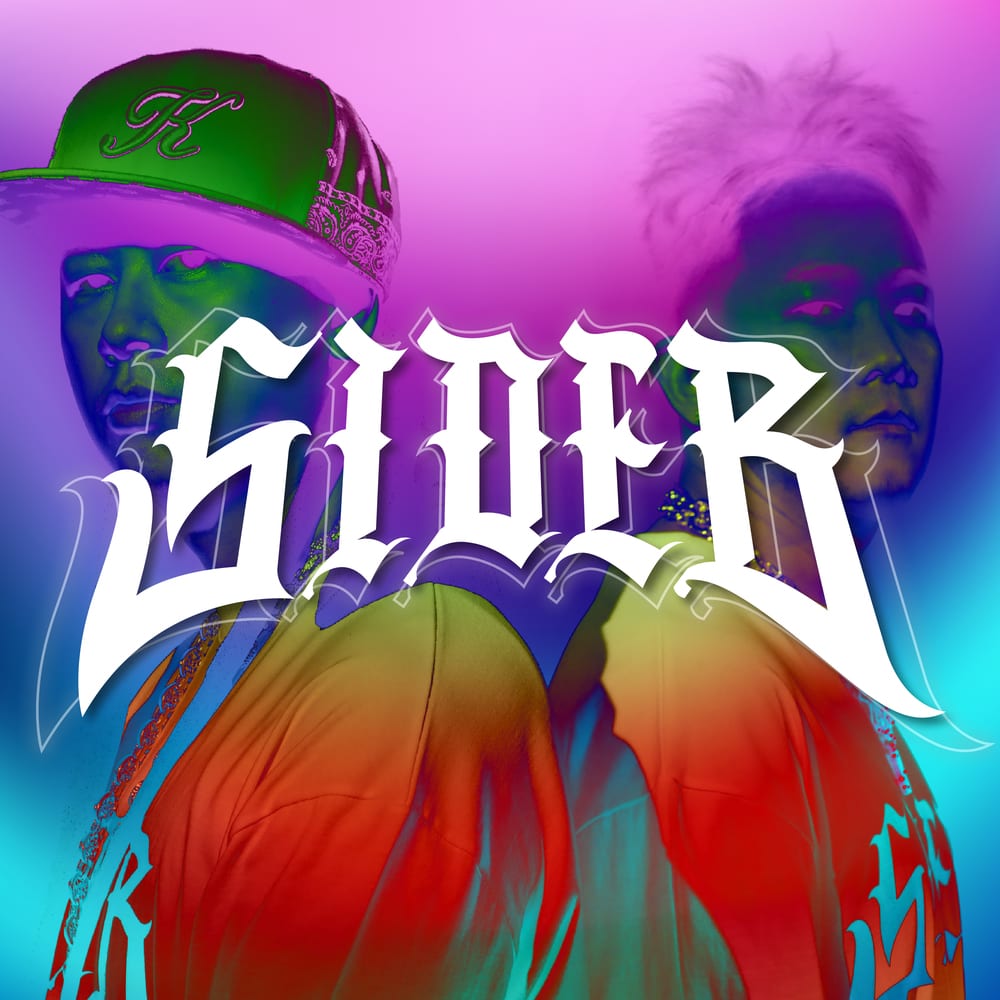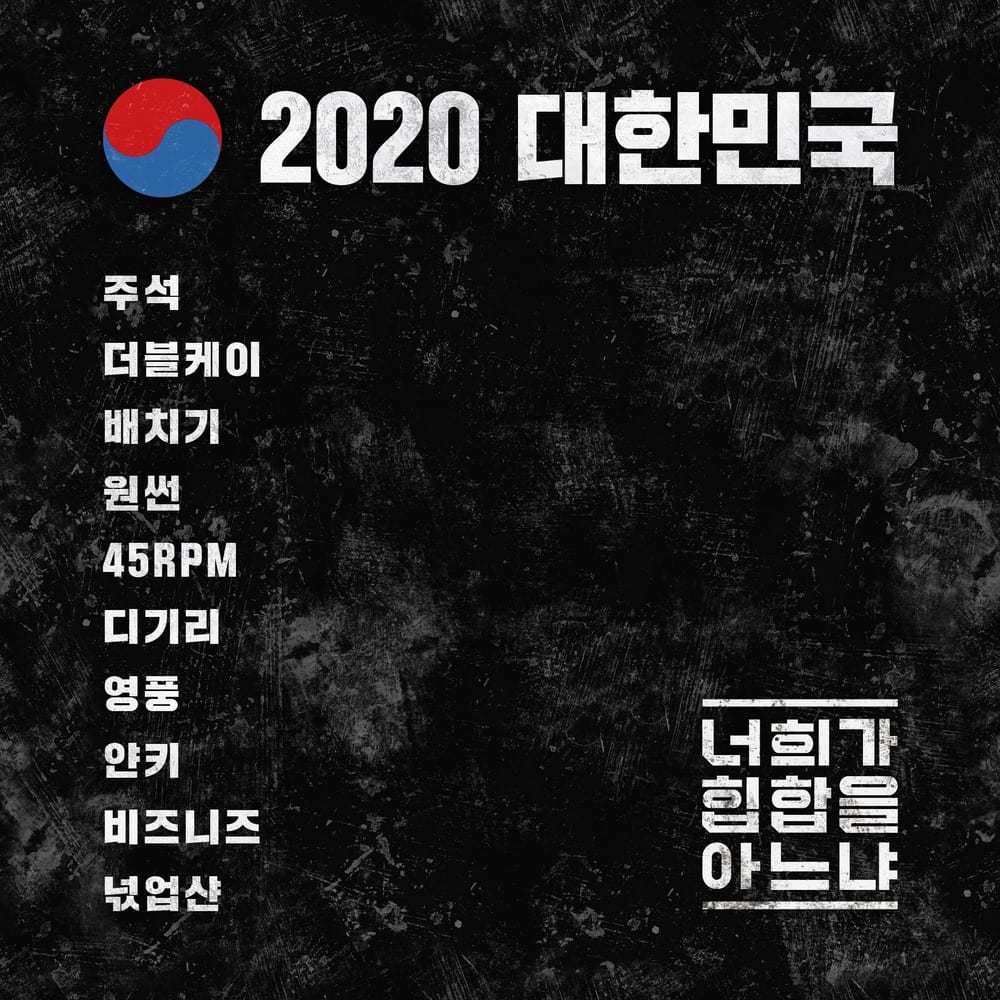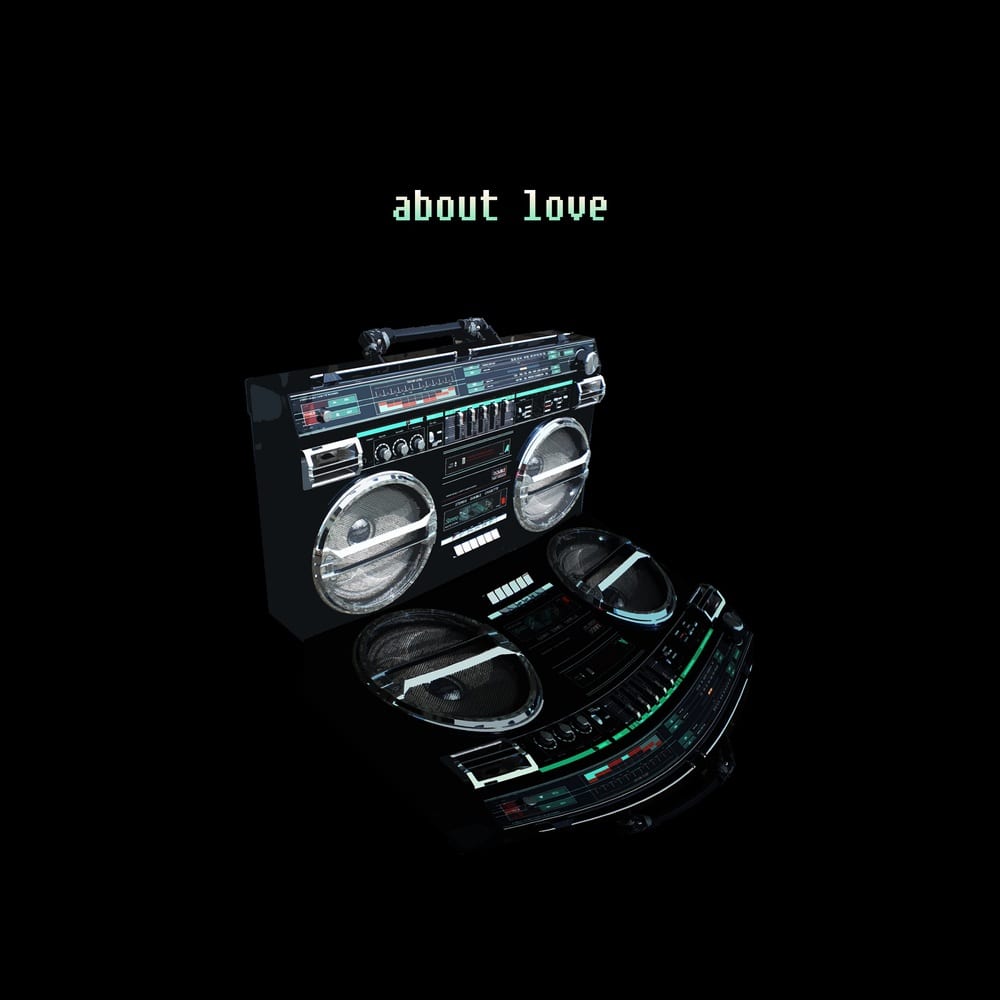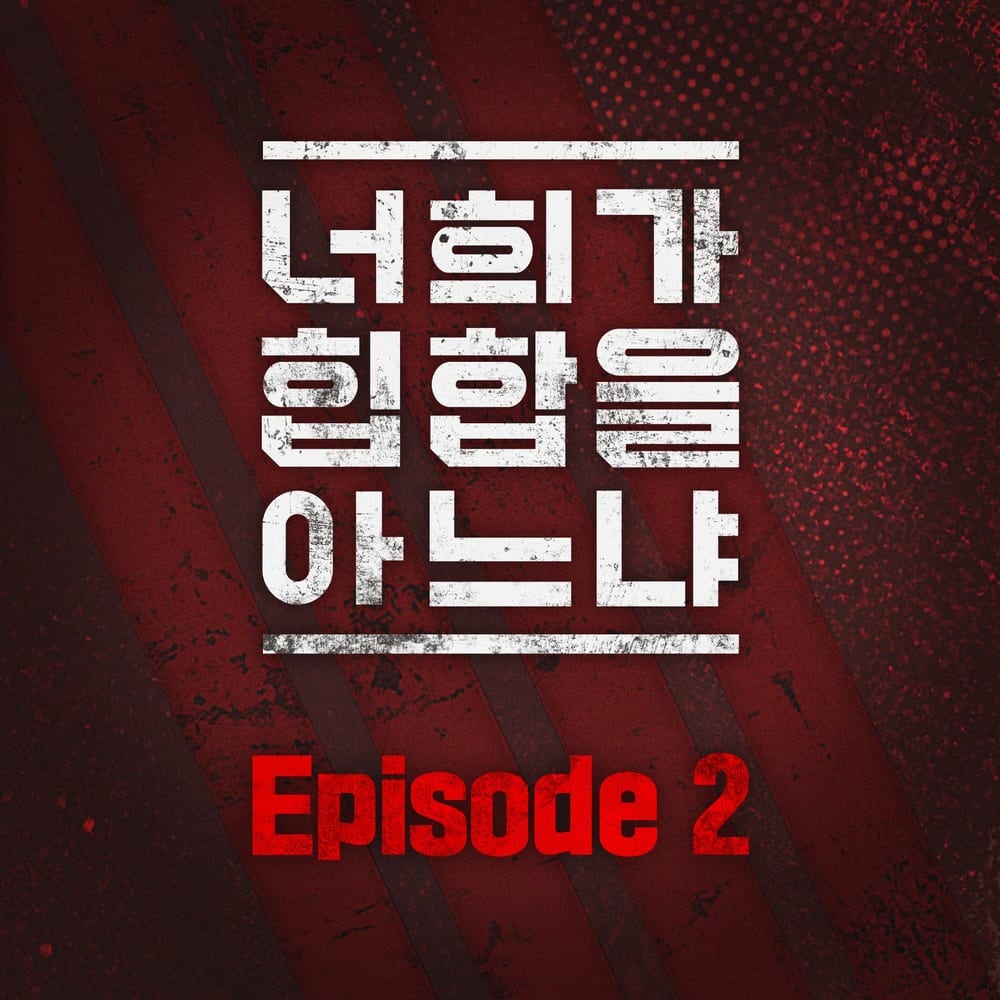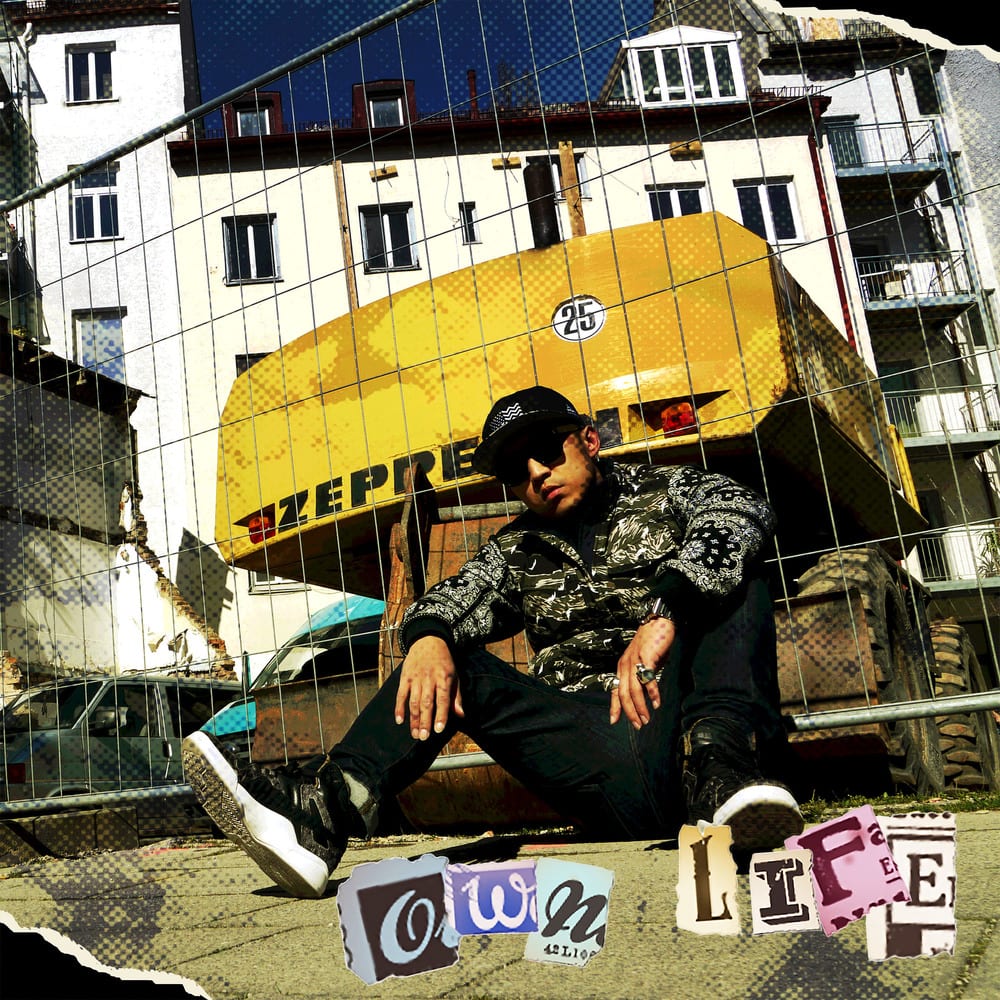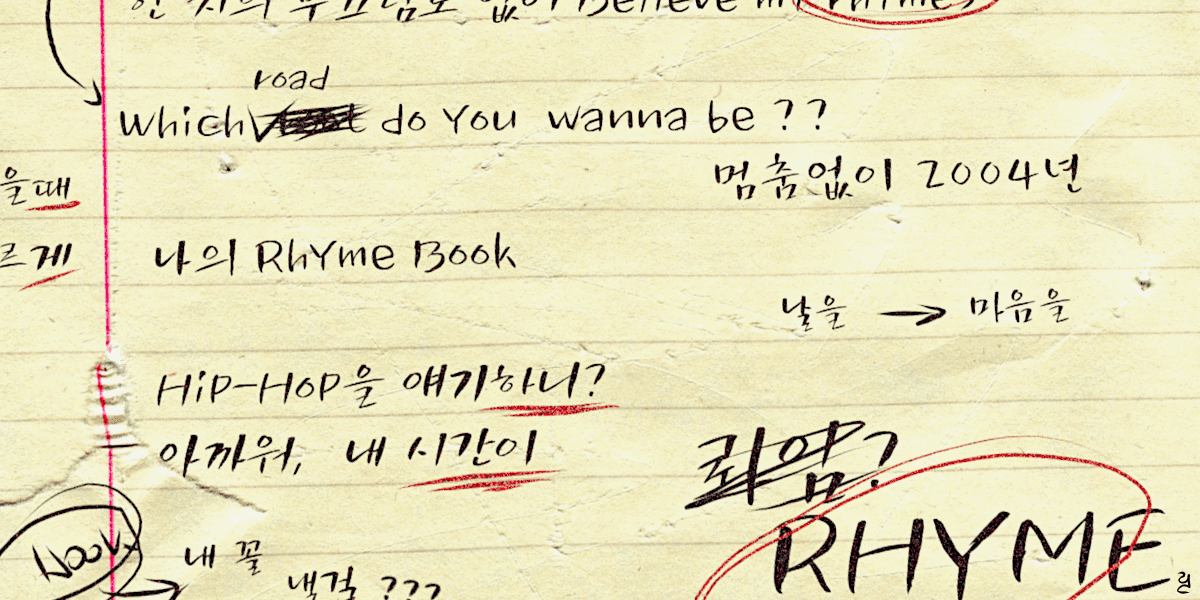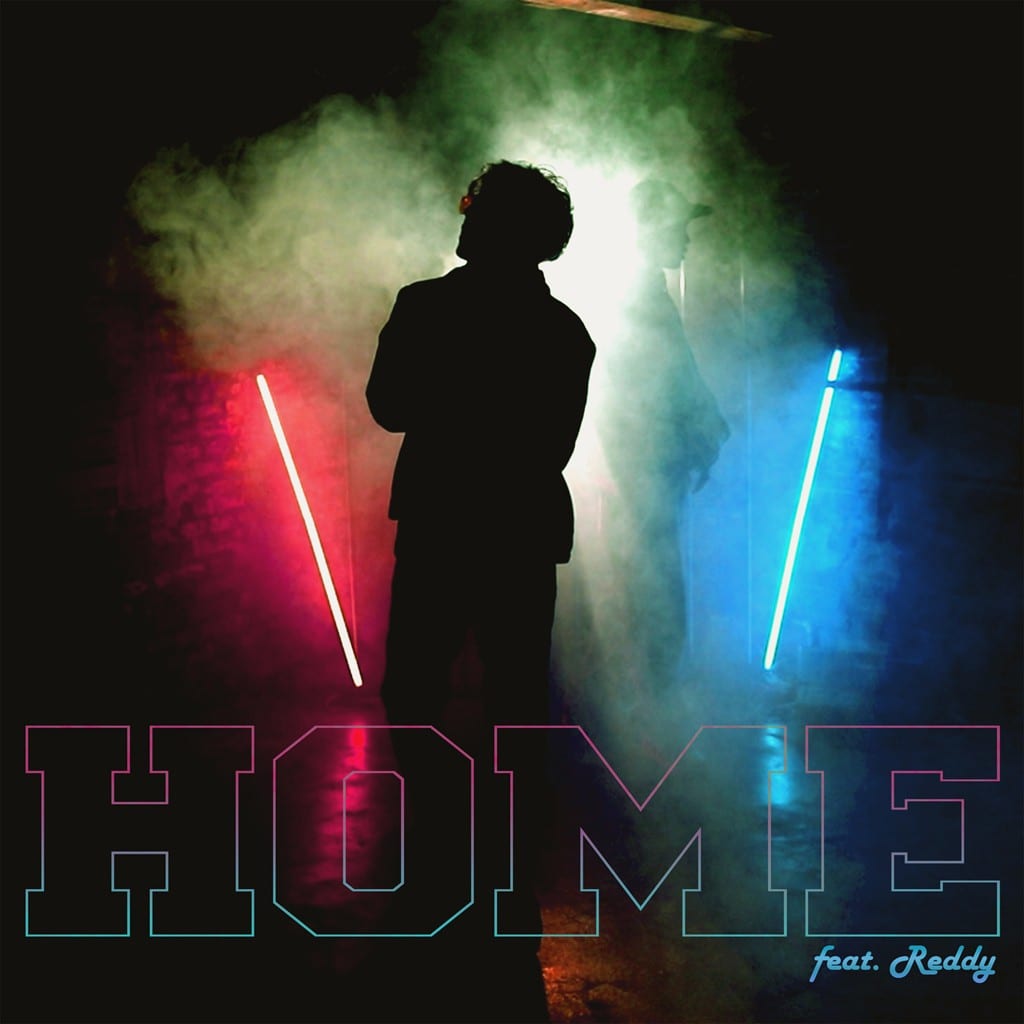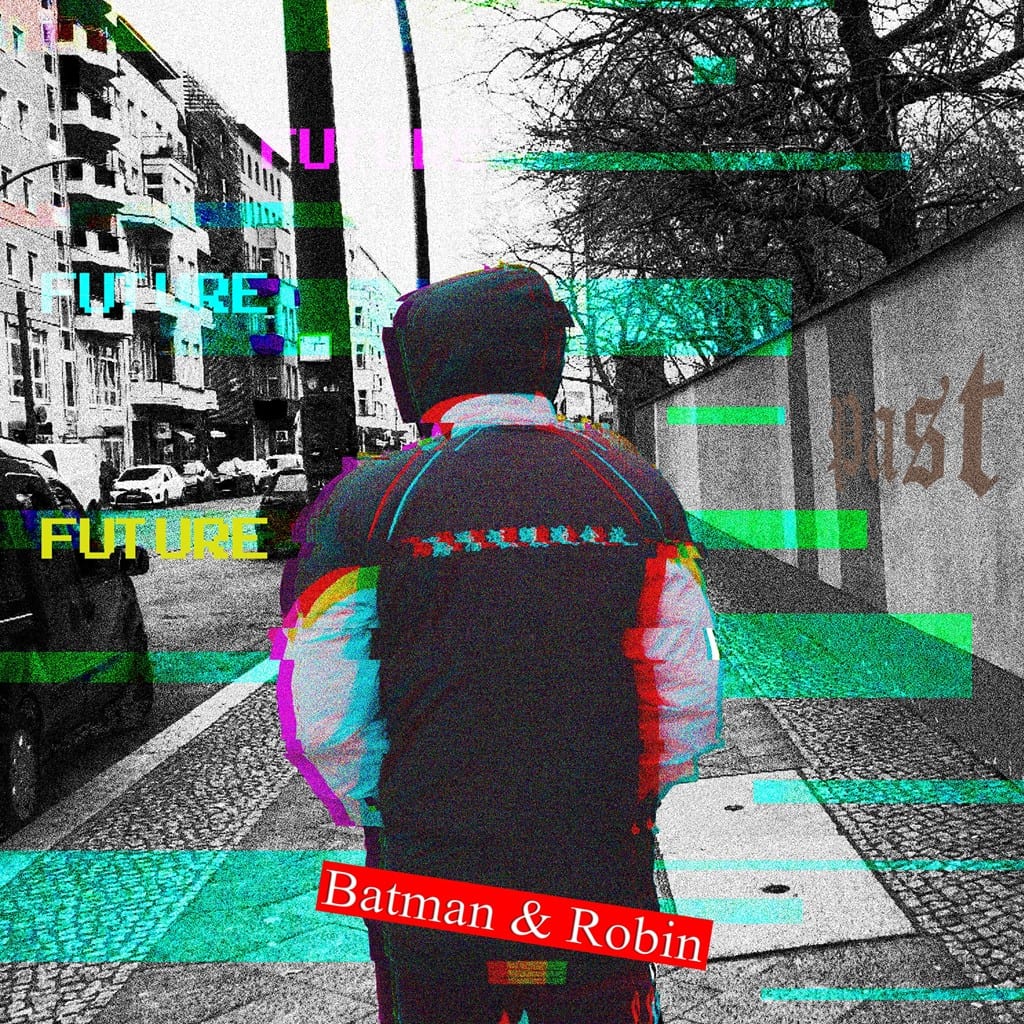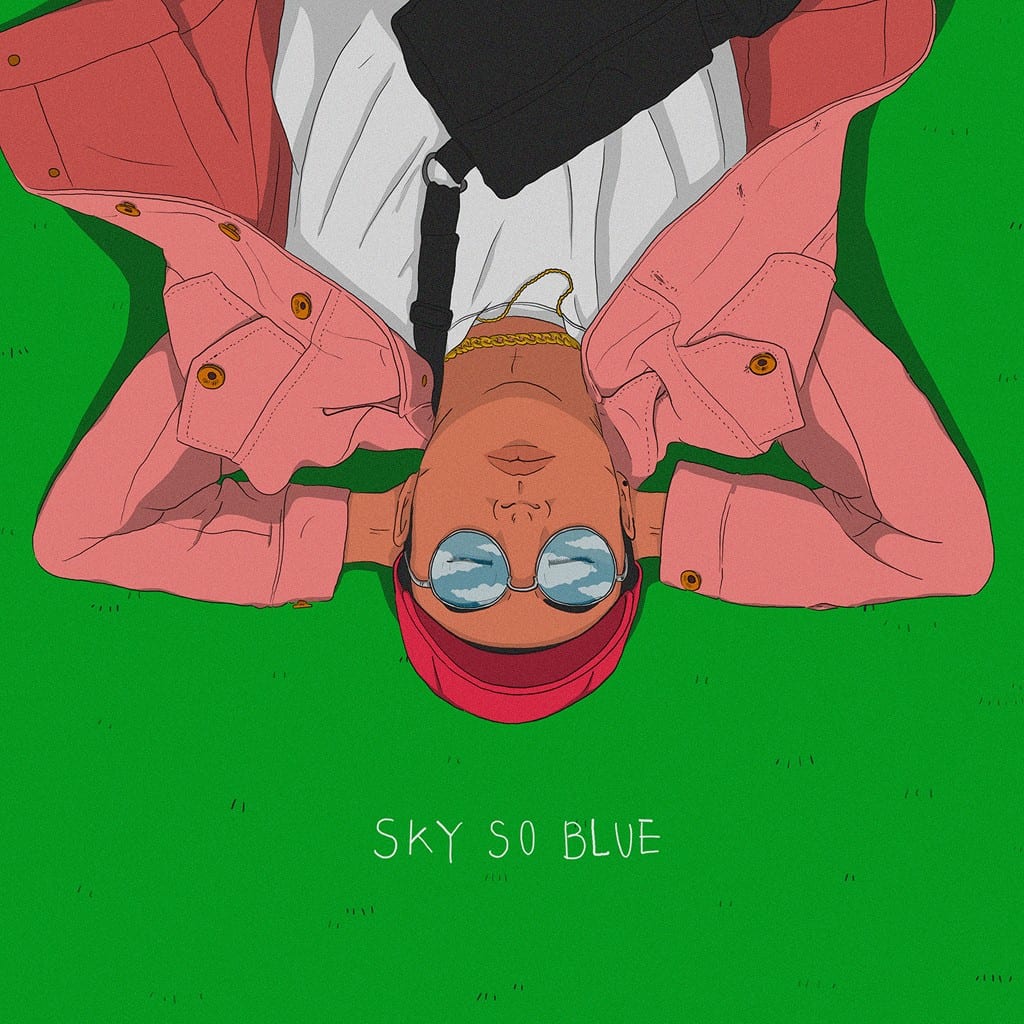Hip-hop duo SIDE-B, former member of first-generation hip-hop label Master Plan, has returned after ten years with a new single and MV, “B CLASSIC“.
Joosuc releases new single, “My Day”
Veteran artist Joosuc, who has been participating in Mnet’s “Do You Know Hip-Hop?,” has released his new self-produced single “My Day” today.
“2020 Korea – Do You Know HipHop” compilation album released
The “2020 Korea – Do You Know HipHop” compilation album has been released today. It includes the track “Original (Feat. Paloalto)” by all participants.
Joosuc releases single “Own Life”
Veteran rapper Joosuc has released his new single “Own Life” yesterday. He produced the song with its heavy old-skool vibes himself.
A Brief History of Korean Rhyme
With rap, rhyme has found its way into the Korean language. Discover how Korean hip-hop artists further adapted rhyming techniques to their language.
Joosuc releases single and music video “Home (Feat. Reddy)”
Joosuc has released his new digital single and music video “Home” today which features Hi-Lite Records‘ Reddy.
Joosuc returns to the ’90s with new single “Batman&Robin”
Joosuc‘s new single “Batman&Robin” boasts a ’90s-style beat on which the rapper spits thoughts about his past, present, and future.
Joosuc releases new digital single and music video ‘Sky So Blue’
Veteran rapper Joosuc has released his second single in 2018, titled ‘Sky So Blue‘. With its melodic rap and singing parts, the track shows the rapper’s new style.
